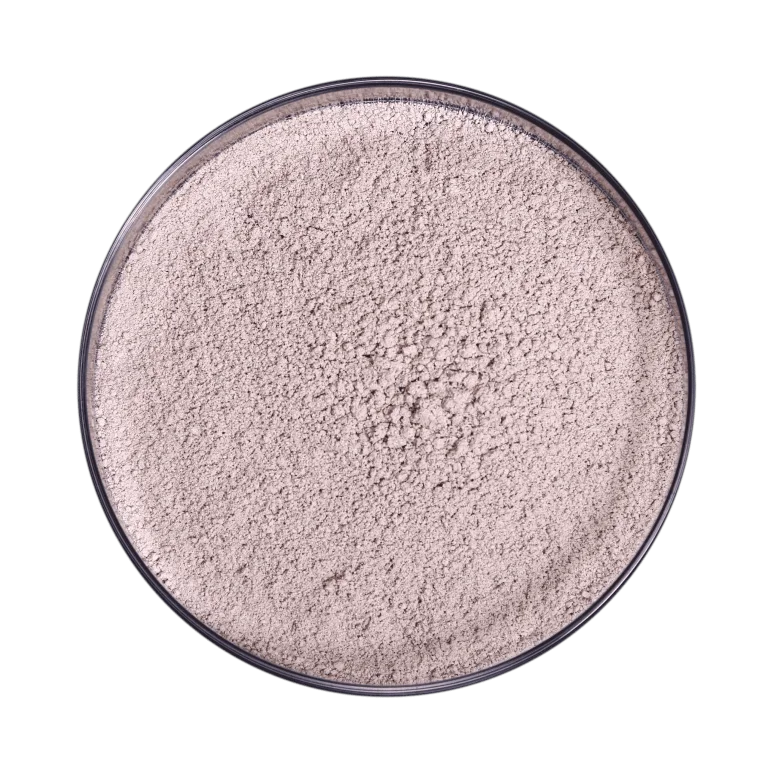


Talc Base Bio Fertilizer Powder
Consortia ( Bio NPK )
 Share On Whatsapp
Share On Whatsapp

Consortia refers to a mix of multiple microbes that, residing in the root zone, either directly or indirectly impact the structure and yield of natural crop groups.
Bio NPK consists of Azotobacter, Phosphate Releasing Bacteria, and Potash Releasing Bacteria; together, they provide a complete nutrient source for crops. As a talc-based product, it ensures maximized efficiency and extended durability.
| Parameter | Details | |
|---|---|---|
| Base | Powder | |
| Viable Cell Count | CFU minimum in a mixer of any 2 or maximum three of the following microorganisms: Azotobacter: 1 x 107 per ml, Rhizobium: 1 x 107 per ml, Azospirillum: 1 x 107 per ml | |
| Total Viable Count | CFU minimum 3 x 107 cells per ml | |
| Contamination Level | No contamination at any dilution | |
| pH | 5.0–7.0 | |
| Efficiency Character | The efficiency character of individual microorganisms to be determined as outlined in the quantitative estimation method for each bio fertilizer. | |
-
Azotobacter – Atmospheric Nitrogen Fixation:
This beneficial microorganism fixes atmospheric nitrogen, reducing dependency on synthetic nitrogen fertilizers. It can fix nitrogen up to 20–40 kg per hectare, serving as a vital nutrient source for plant growth. -
PSB (Phosphorus Solubilizing Bacteria):
PSB produces organic acids such as malic, succinic, fumaric, citric, tartaric, and acetic acid, which accelerate phosphate solubilization and uptake. This leads to enhanced crop maturity, better root development, and improved yield. -
KMB (Potassium Mobilizing Bacteria):
KMB enhances crop resistance to diseases and environmental stress. It secretes natural plant growth hormones and mobilizes insoluble potassium, reducing the need for chemical potash application by 50–60%. -
Supply of Essential Nutrients:
The Bio NPK consortia provides a balanced supply of nitrogen, phosphorus, and potassium in optimal quantities, supporting robust plant growth and overall development throughout the crop cycle. -
Prevention of Micronutrient Deficiency:
By addressing potential micronutrient deficiencies during different crop stages, the consortia ensures that crops consistently receive necessary nutrients for healthy development. -
Chelation with EDTA:
The presence of EDTA (Ethylene Diamine Tetraacetic Acid) chelates in the consortia improves the uptake of individual microelements. This facilitates faster absorption and enhances the effectiveness of all essential nutrients.
Recommended Crops
It should be used along with Grapes & Banana, Citrus, Mango, Tomato, Corn, Pomegranate, Groundnut, Cotton, Soyabean, Coconut, Potato, Brinjal, Onion, Garlic, Cumin, Chilies, Beans, Okra, Pea, Tomato, Cabbage, Cauliflower, Sugarcane, Paddy, Rice, Wheat, Oat, Barley, Mustard, Sunflower, Carrot, Sorghum, Bajra, Lawns, Gardens, Green House, Etc.
Recommended Application
- Soil Application
Dosage:
1 Kg/Acre
Packaging:
Packing : 25 Kgs HDPE Bags


